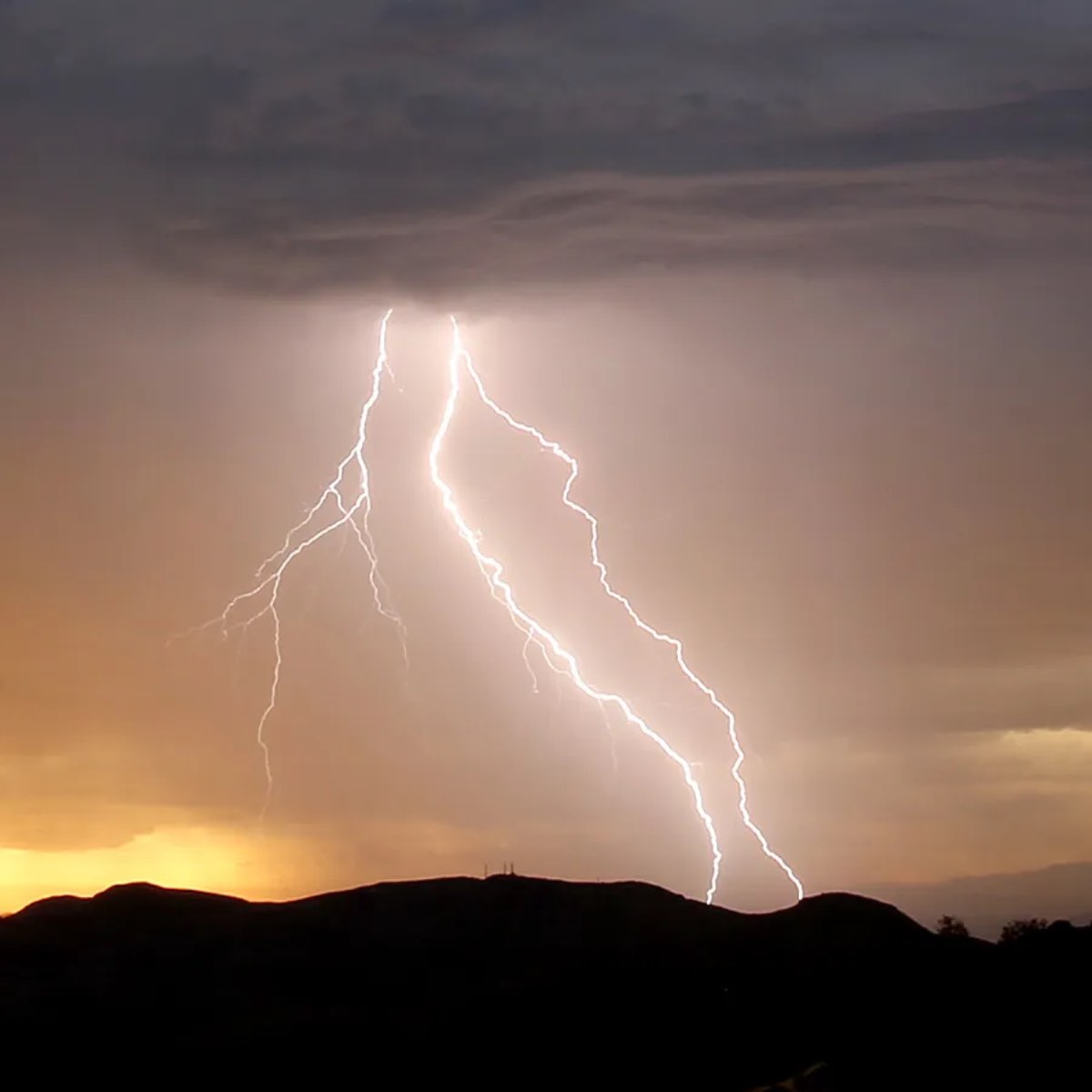Preparing for extreme weather events is not only crucial for protecting lives and property but also a matter of learning from past mistakes and continuously improving our readiness. This guide highlights nine common mistakes that can undermine preparedness efforts and compromise safety during severe weather situations. From underestimating the severity of the weather to overlooking home vulnerabilities and disregarding community resources, these missteps serve as valuable lessons for enhancing our resilience. By acknowledging and addressing these pitfalls, we can develop more effective strategies and cultivate a culture of proactive planning, ultimately increasing our chances of weathering storms with minimal disruption and damage.
9 Common Mistakes to Avoid When Preparing for Extreme Weather

1. Underestimating the Severity of the Weather
One of the most common mistakes is failing to heed weather warnings and advisories from authorities or ignoring historical patterns and trends of extreme weather in the area. Overreliance on past experiences or assumptions about weather conditions can lead to a false sense of security and complacency, resulting in inadequate preparedness measures.
2. Neglecting to Create a Comprehensive Emergency Plan
Failing to develop a detailed emergency plan that accounts for various scenarios, such as evacuation routes, communication protocols, and designated meeting points, can leave households and communities vulnerable during emergencies. Assuming that improvisation will suffice during a crisis can lead to confusion, delays, and potentially life-threatening situations.
3. Not Having Adequate Emergency Supplies
Underestimating the amount of food, water, and supplies needed for extended emergencies or neglecting to include essential items such as medications, first aid kits, and sanitation supplies can compromise survival and well-being. Failing to regularly check and replenish emergency supplies can render them ineffective or unusable when needed most.
4. Overlooking Home Vulnerabilities
Ignoring potential weaknesses in a home’s structure or location, neglecting to reinforce windows, doors, and roofs against extreme weather conditions, and assuming that insurance coverage will fully mitigate property damage can expose families to significant risks and financial losses during severe weather events.
5. Waiting Until the Last Minute to Prepare
Procrastinating on preparedness efforts or underestimating the time needed to gather supplies, secure the home, and evacuate if necessary can leave individuals and families ill-equipped to handle imminent extreme weather threats. Failing to plan ahead for potential disruptions to transportation and supply chains can further exacerbate the challenges faced during emergencies.
6. Disregarding Community Resources and Support
Overlooking the availability of local emergency services, shelters, and resources, as well as neglecting to participate in community preparedness initiatives and programs, can deprive households of valuable support and assistance during extreme weather events. Failing to coordinate with neighbors and community organizations for mutual aid and support can weaken overall resilience.
7. Overconfidence in Personal Abilities
Assuming that personal skills or knowledge will be sufficient to handle extreme weather events, underestimating the complexity and unpredictability of emergency situations, and overlooking the importance of seeking professional assistance and guidance when necessary can lead to costly mistakes and potentially life-threatening consequences.
8. Not Staying Informed and Updated
Failing to monitor weather forecasts, warnings, and updates from official sources, ignoring changes in weather patterns or conditions that may affect preparedness plans, and neglecting to adapt plans and strategies based on new information or developments can leave individuals and communities ill-equipped to respond effectively to evolving situations.
9. Panicking or Acting Impulsively During Emergencies
Allowing fear or anxiety to dictate decision-making during extreme weather events, making impulsive decisions without considering potential consequences, and neglecting to stay calm and focused on implementing preparedness plans effectively can exacerbate already challenging situations and put lives and property at risk.
Conclusion
Effective preparation for extreme weather events requires learning from past mistakes and continuously improving our readiness strategies. By addressing the nine common pitfalls outlined in this guide – underestimating weather severity, neglecting emergency planning, lacking adequate supplies, overlooking home vulnerabilities, procrastinating preparations, disregarding community resources, overconfidence in personal abilities, failing to stay informed, and panicking during emergencies – we can enhance our resilience and increase our chances of weathering storms with minimal disruption and damage. Remember, proactive planning and a commitment to continuous improvement are key to facing extreme weather challenges with confidence and preparedness.
Check out more disaster preparedness stuff here.
